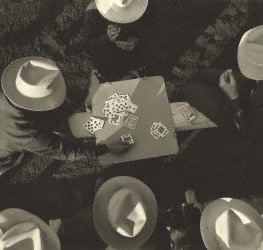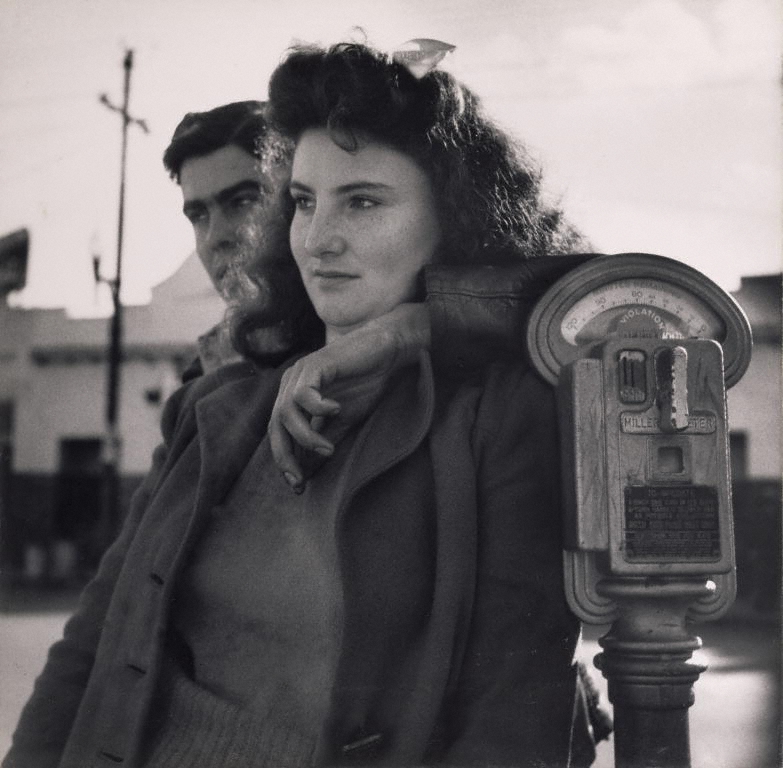Four years ago, my husband and I taught a series of classes for Kiss of Death, the mystery-suspense arm of the Romance Writers of America. We focused our workshop on private investigations, a field we know well after having being co-owners of a private investigations agency for years.
This post is part I of the class on crime scenes (with some information updated). A point we make throughout the class is that PIs mostly investigate crime scenes after law enforcement/others have finished their investigations and re-opened the crime scene back to everyday use.
You'd be surprised how much evidence can still be mined days or weeks later at a crime scene—for example, this last weekend we visited a former law enforcement crime scene and took photos of a strategically placed surveillance camera, not documented in the D.A.s discovery, that provided key evidence in a legal case. Years ago, we investigated a crime scene, 800-plus acres of ranch land, that the sheriff's office had investigated and returned to everyday use two months earlier. Our goal (as had been the sheriff's office) was to find 4 bullet slugs from a shooting, whose placement could prove a man's innocence. The next class discusses this case in more detail.
Let's kick things with the question...
Why Do Crime Scenes Matter?
In some crimes there are no witnesses and in the absence of self-incriminating statements by a suspect, the only means of obtaining a conviction may be through physical evidence (such as evidence with viable DNA, a blood sample or a fingerprint). In any crime, sharing knowledge of physical evidence with suspects may loosen tongues and stimulate confessions. DNA, fingerprints or serologic evidence are tough to debate and bring many criminals to a place where their lips move easily.
Note: A comment regarding an investigator sharing knowledge of physical evidence with a suspect. Interestingly enough, private investigators work under a burden created by ethical constraints that police detectives do not labor under. While courts have consistently held that police may lie to a suspect to stimulate a confession without tainting that confession (we once saw this in an episode of the TV series The Closer), very few private investigators can credibly present statements obtained by deceptive means. By “very few” we mean in the few instances where the PI has investigated an individual who’s extremely unsavory or has committed a particularly heinous act, jurors are more likely to trust that PI’s statements, even if the PI lied to obtain them. This is great fodder for a story.
In a crime scene, the area searched and the evidence sought will depend on the crime under investigation. In crimes of violence, the crime scene tells the detective what happened but the detective has to be able to read the signs left by the evidence (signatures of crime include fingerprints, blood stains, bullets, bullet holes, tool marks, fibers, hairs, glass fragments, fingernail scrapings, DNA samples, as well as items added, overturned, removed or displaced).
Bullet casings are one signature of a crime
Keep in mind that the suspect is also part of the crime scene. What does she leave at the crime scene and what does she take away from the scene? Such evidence helps to prove that she was there. If the police take her back to the crime scene after her arrest, the evidence of her presence at the scene, when presented in testimony in the courtroom, may serve only to prove that the police took her there. This may cause your fictional PI to think twice before taking a possible suspect to a crime scene.
It's important to make the distinction between what crime scene investigators for the police consider a crime scene and what the rest of us, including PIs, consider a crime scene. In the latter instance, a crime scene is really just the place where a crime happened, which has returned to everyday use. However, what police and crime scene investigators consider a crime scene is that area where, such as the space inside the yellow tape, careful protocols for evidence recording and extracting are followed.
Processing a Crime Scene
Let’s cover some important concepts about how the police process a crime scene. Your fictional PI might be called on to critique how a crime scene was processed in the course of his investigation, or he might be called on to process his own.
The steps any investigator should follow, including law enforcement, are the following:
- Check condition of victim and arrange medical treatment if necessary.
- Secure and protect the crime scene (keep in mind the possibility of a multiple series of crime scenes).
- Is further search legal? If not, need consent. If a law enforcement officer, obtain a search warrant, especially if a major felony.
- Search, sketch and document. Precise measurements of the crime scene should include an accurate sketch containing a key, a scale and a legend noting the day, time, location and conditions (weather, lighting). Compass directions should be noted on the sketch. Remember that a measuring tape provides a wonderful standard of comparison especially when photographs or video are employed.
- Document the crime scene and its physical evidence. In law enforcement, a videographer typically accompanies an assigned officer on the initial walk-through. Overall as well as specific photographs are taken of the crime scene. Close-up photographs should be taken of important items of evidence (for example, footwear impressions).
- Handle the evidence so as to not contaminate it.
- Collect, mark and catalogue evidence.
- Preserve the evidence in a central, organized location.
When Police Aren’t Available: What Might a PI Do?
A PI investigating a major crime scene risks being charged with obstruction of justice and/or tampering with evidence.
If a private investigator was called on to process a crime scene for evidence of any nature, he/she would follow the same above steps. However, it cannot be stressed enough that a PI would call on police to handle a major crime scene, like a murder or arson. To handle, test and collect evidence could easily result in charges of obstruction of justice and/or tampering with evidence. For that reason, any PI who wanted to avoid jail would call 911, and would scrupulously avoid touching anything at the scene of a crime other than to assess a victim’s medical condition. On the other hand, having a sleuth character charged with several crimes after exploring a major crime scene would certainly bump up the story tension!
There are times when a PI does handle evidence, and the best protocol is to collect the evidence with gloves, place it in a plastic/paper bag, seal that bag with tape and initial the bag with the PI’s initials and the date it was collected. Your fictional PI may collect evidence for admission in court when that evidence was not collected by the police (or the opposing side in a civil case) and the evidence supports his client’s case.
For example, several years back Colleen and a group of PIs from other states worked together to trap a seller selling fraudulent products via an online marketplace. The evidence collected were the products being sold (and, in a sense, the online marketplace where this buyer sold his fraudulent products was the crime scene). After Colleen purchased the products (using another identity to not tip off the seller), she’d place the products in a plastic bag, initial the bag with her name, product name and date, then seal the bag and mail it to the attorney handling the case. These products were used as evidence in a court case against the seller.
This wraps up Part I.
Link to the next class: "Private Investigators and Crime Scene Investigations, Part II."
Happy writing! Colleen
All rights reserved by Colleen Collins. Any use of this content requires specific, written authority.























